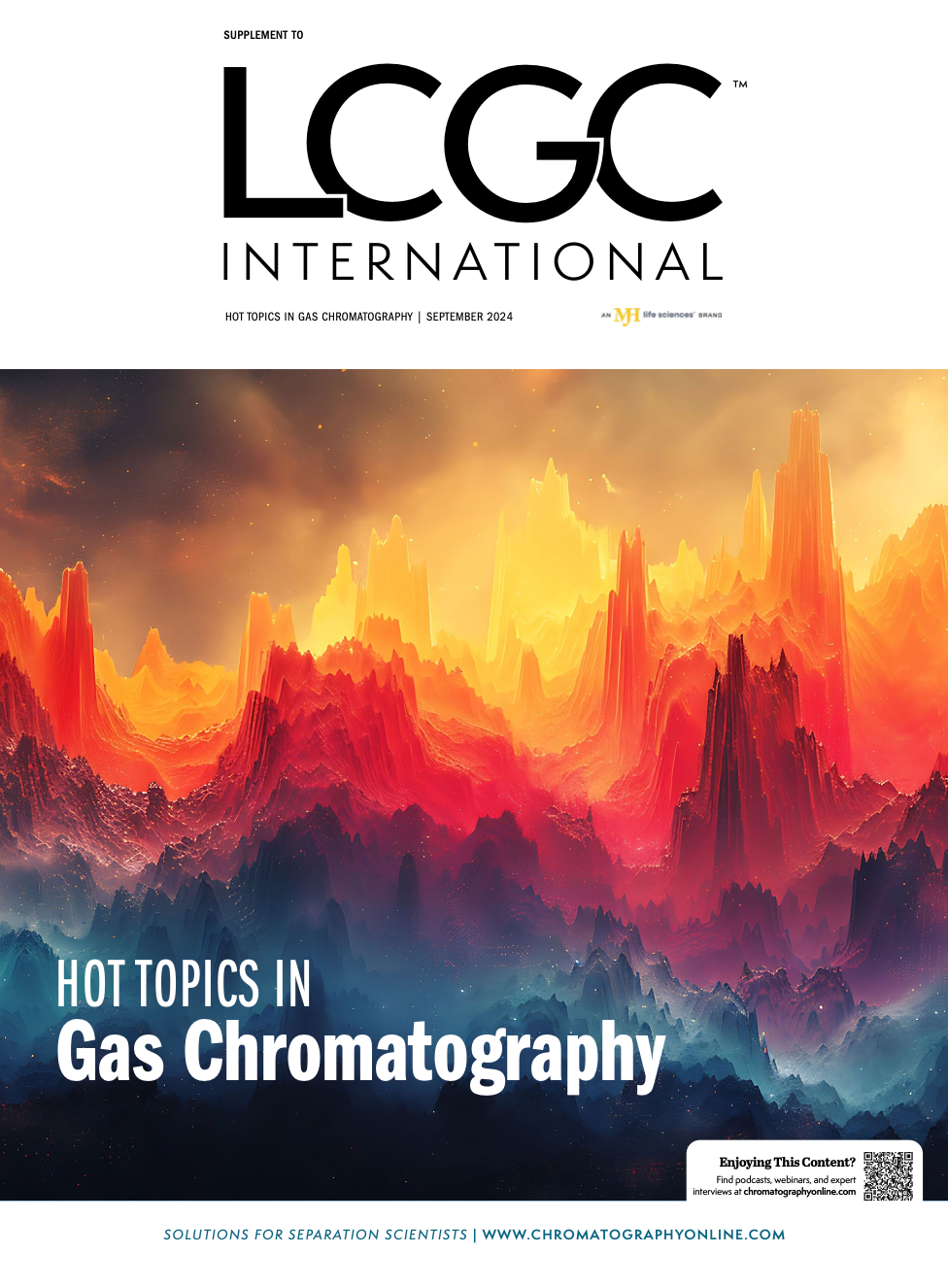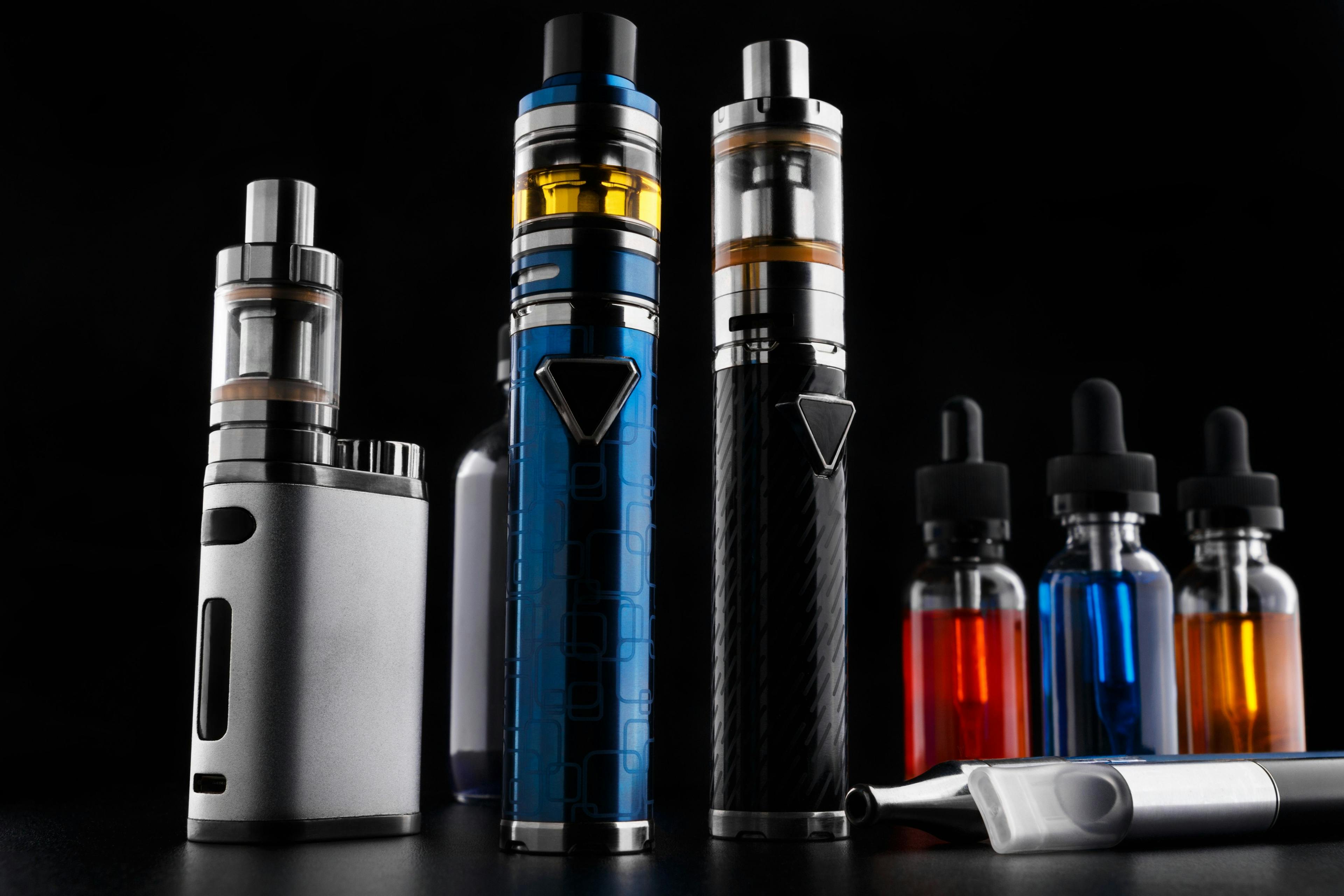Profiling Volatile Organic Compounds in Whisky with GC×GC–MS
Researchers from Austria, Greece, and Italy conducted a study to analyze volatile organic compounds (VOCs) present in Irish and Scotch whiskys using solid-phase microextraction (SPME) Arrow with comprehensive two-dimensional gas chromatography coupled to mass spectrometry (GC×GC–MS) to examine the organoleptic characteristics that influence the taste of spirits. The study sourced whisky samples from Vienna’s local market, and the results were published in the Journal of Chromatography A (1).
The researchers from Aristotle University of Thessaloniki in Thessaloniki, Greece, the University Campus Bio-Medico of Rome in Rome, Italy, the University of Messina in Messina, Italy, and Vienna University of Technology in Vienna, Austria, purchased samples of Irish whisky, single malt Scotch whisky, and blended Scotch whisky from a local market in Vienna. Among the most abundant aromatic VOCs in these and other whiskys are esters, alcohols, aldehydes, ketones, terpenes, and furanic and sulfur compounds.
An SPME Arrow method was used to extract VOCs from the headspace of whisky samples to concentrate the compounds of interest for subsequent analysis by GC×GC–MS. This combination offered a high degree of resolution in separating complex mixtures, allowing for the identification of various aromatic VOCs found in different whiskys, including esters, alcohols, ketones, terpenes, and sulfur compounds, according to the researchers.
The researchers concluded that the improved sensitivity and repeatability of the SPME Arrow method compared to traditional techniques offers significant promise for applications in quality control and authenticity assessment within the whisky industry to provide valuable insights into the composition and characteristics of distilled spirits.
Reference
(1) Ferracane, A.; Manousi, N.; Tranchida, P. Q.; et al. Exploring the Volatile Profile of Whiskey Samples Using Solid-Phase Microextraction Arrow and Comprehensive Two-Dimensional Gas Chromatography–Mass Spectrometry. J. Chromatogr. A 2022, 1676, 463241. DOI: 10.1016/j.chroma.2022.463241

Analytical Challenges in Measuring Migration from Food Contact Materials
November 2nd 2015Food contact materials contain low molecular weight additives and processing aids which can migrate into foods leading to trace levels of contamination. Food safety is ensured through regulations, comprising compositional controls and migration limits, which present a significant analytical challenge to the food industry to ensure compliance and demonstrate due diligence. Of the various analytical approaches, LC-MS/MS has proved to be an essential tool in monitoring migration of target compounds into foods, and more sophisticated approaches such as LC-high resolution MS (Orbitrap) are being increasingly used for untargeted analysis to monitor non-intentionally added substances. This podcast will provide an overview to this area, illustrated with various applications showing current approaches being employed.
Fundamentals of Benchtop GC–MS Data Analysis and Terminology
April 5th 2025In this installment, we will review the fundamental terminology and data analysis principles in benchtop GC–MS. We will compare the three modes of analysis—full scan, extracted ion chromatograms, and selected ion monitoring—and see how each is used for quantitative and quantitative analysis.

















